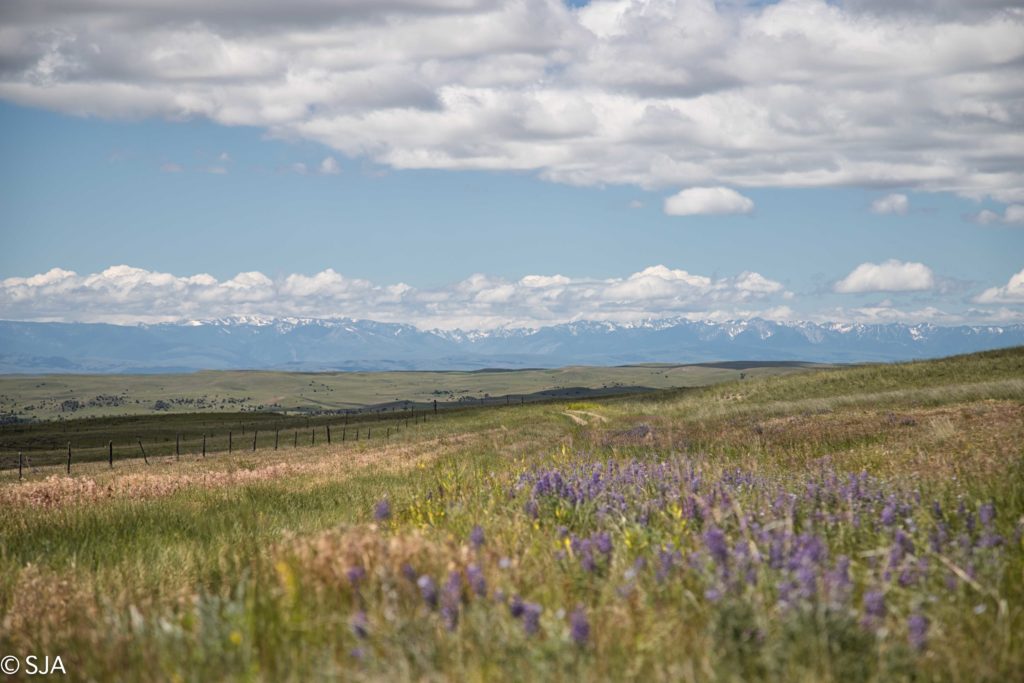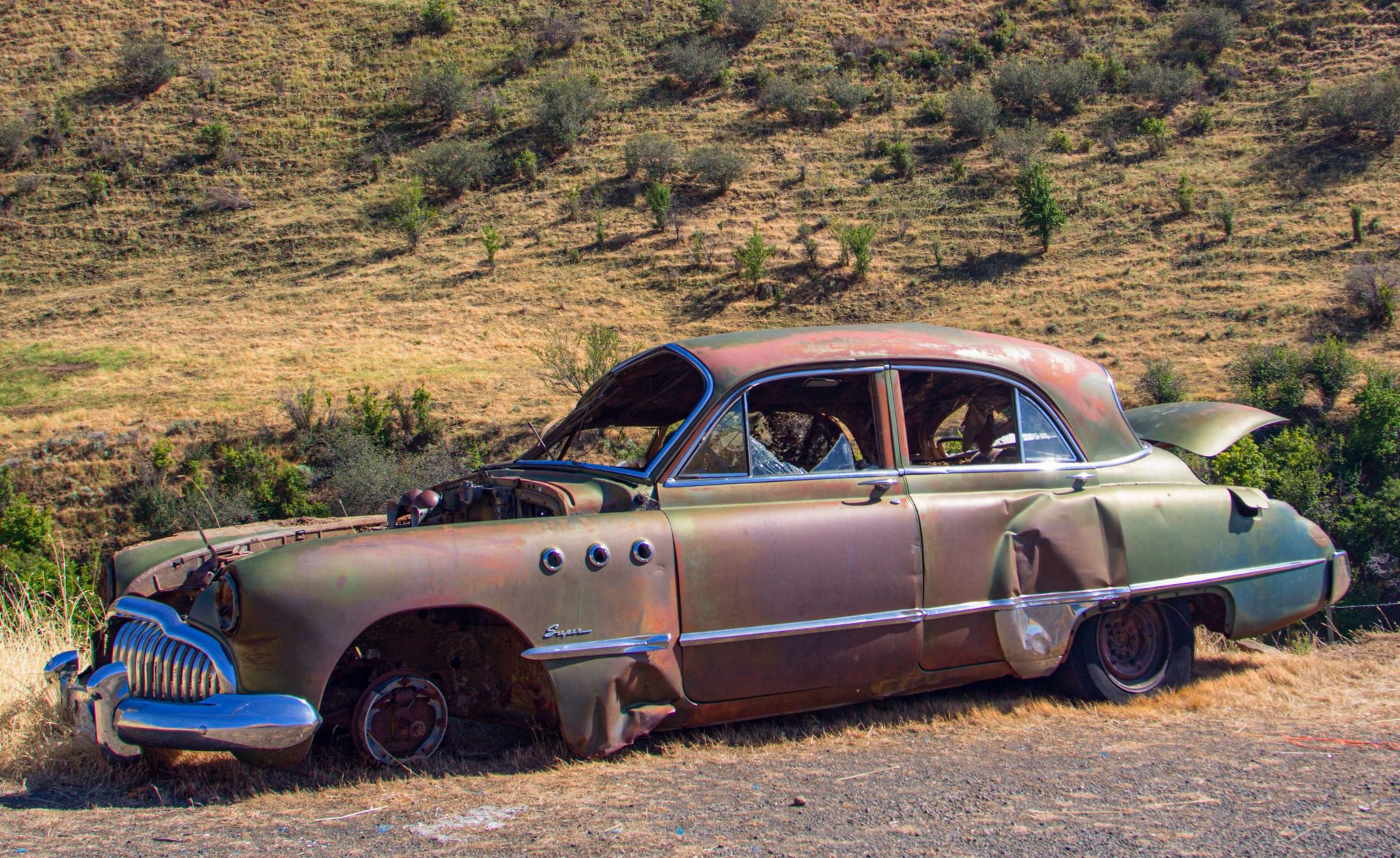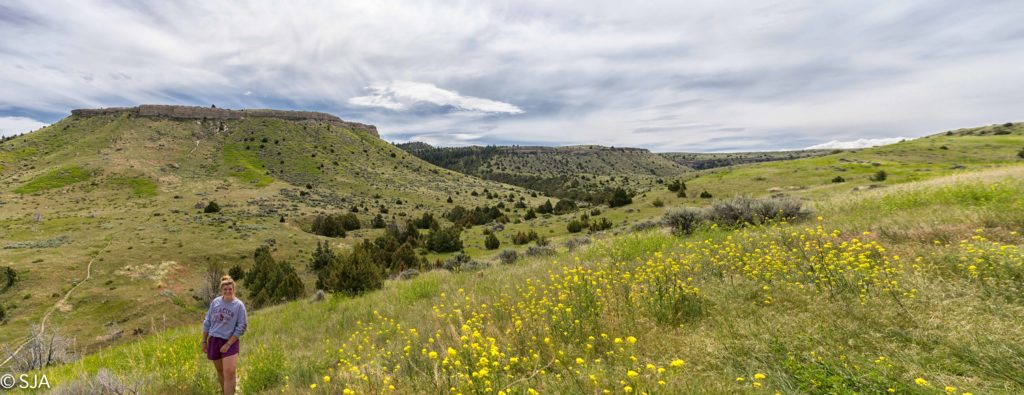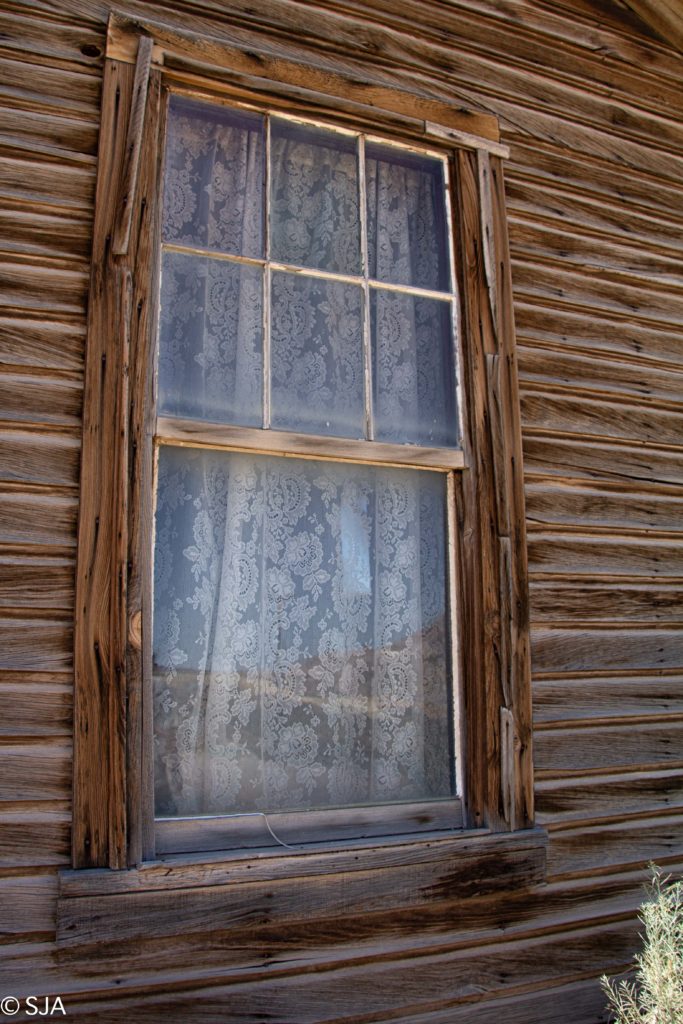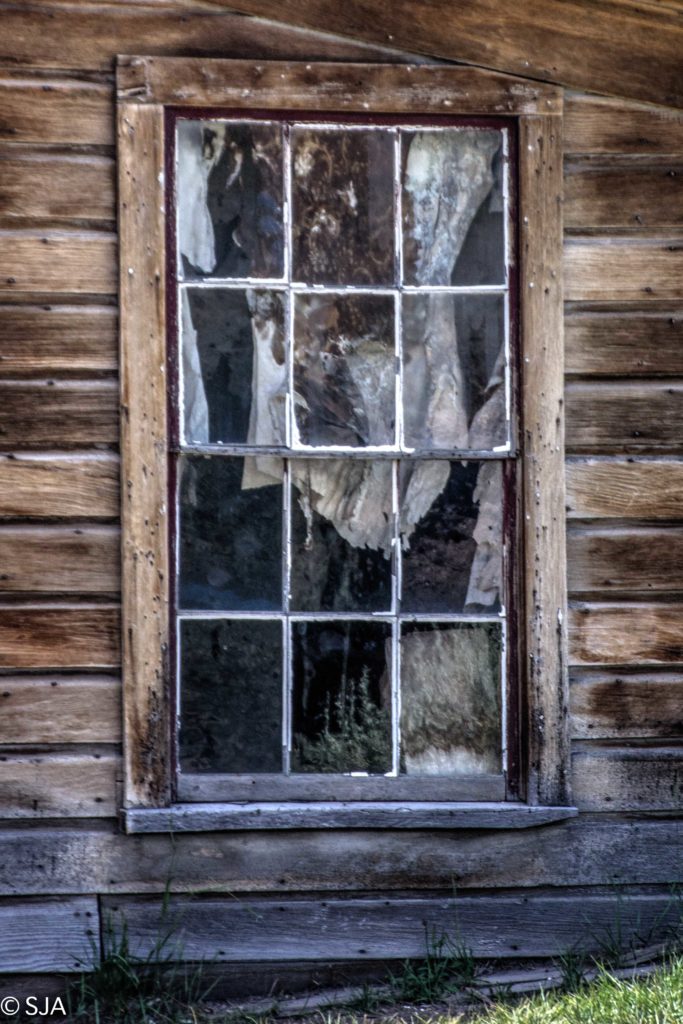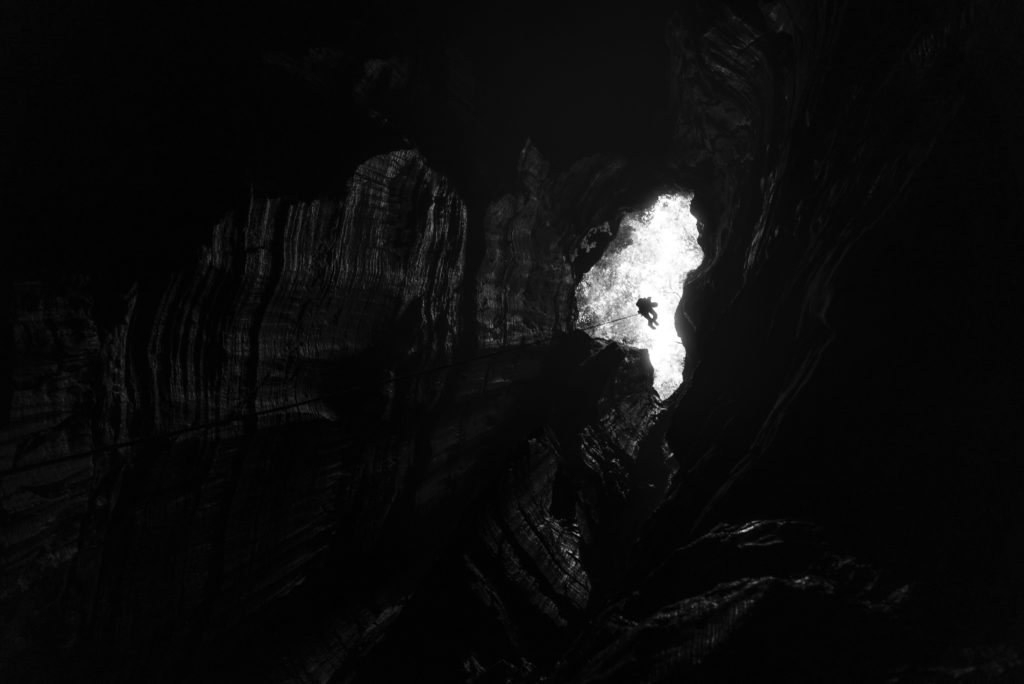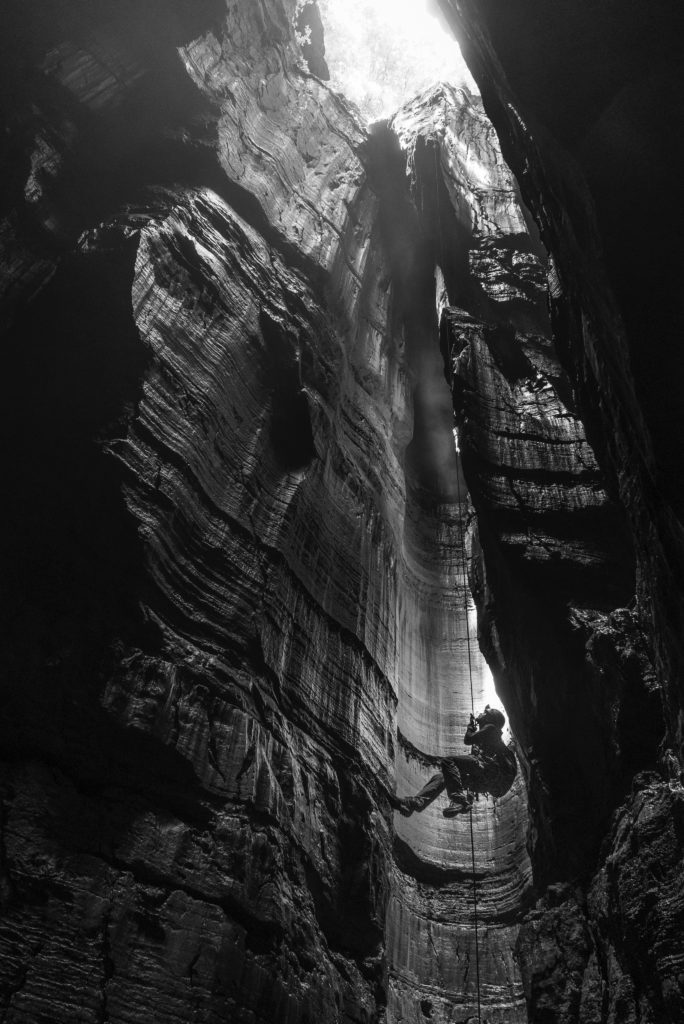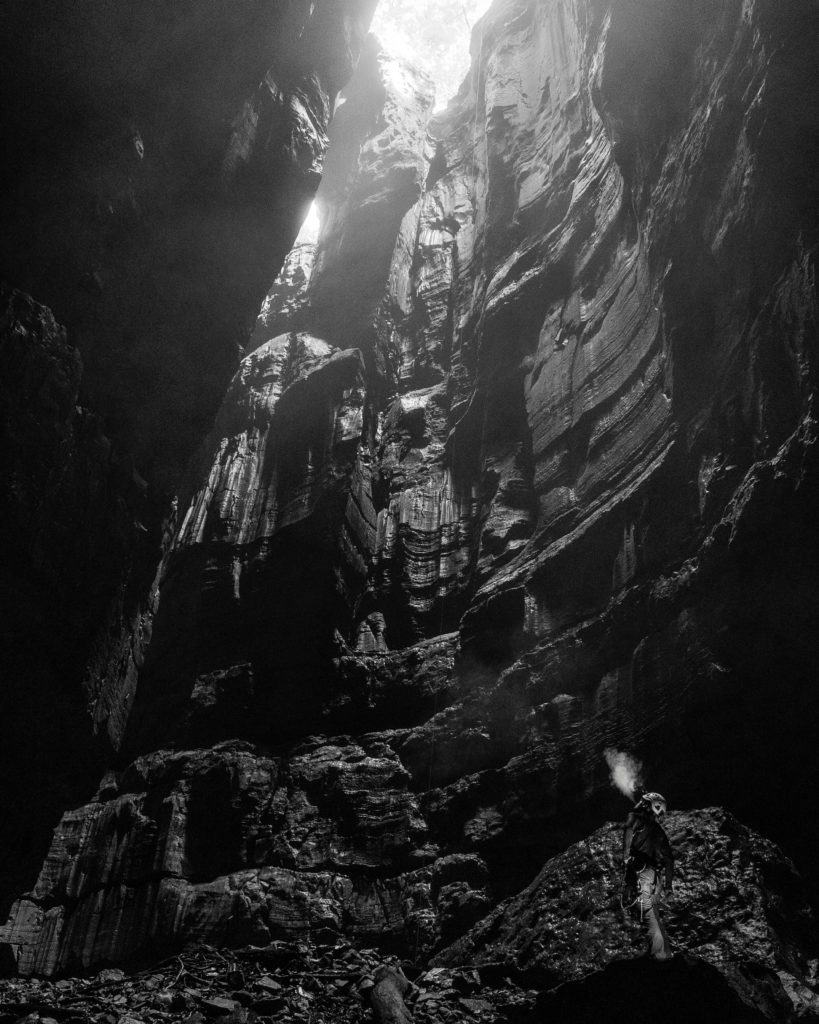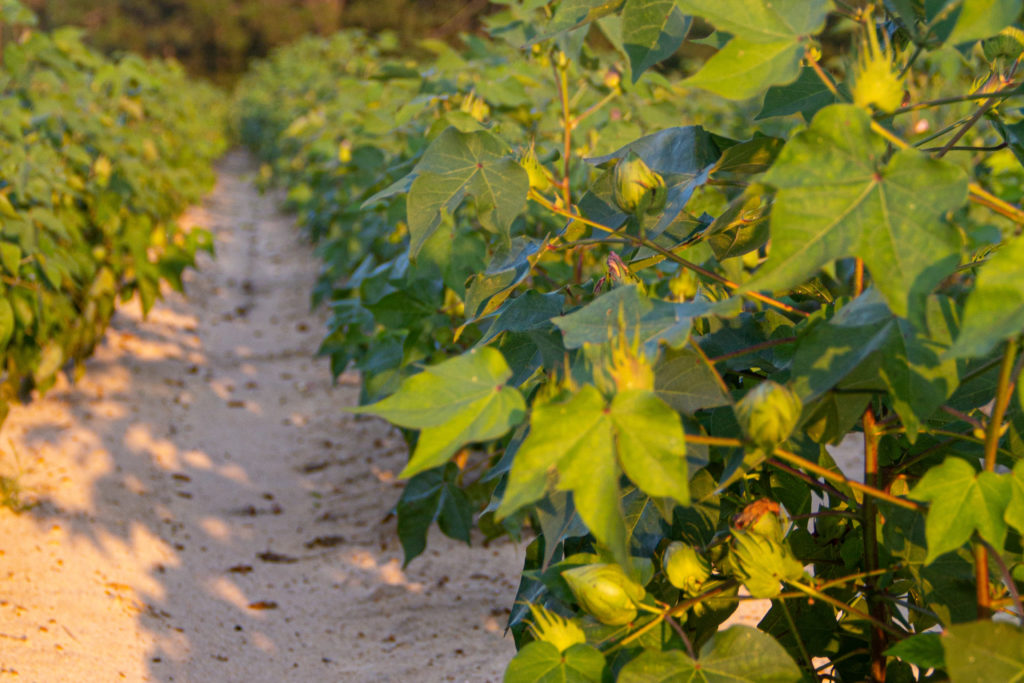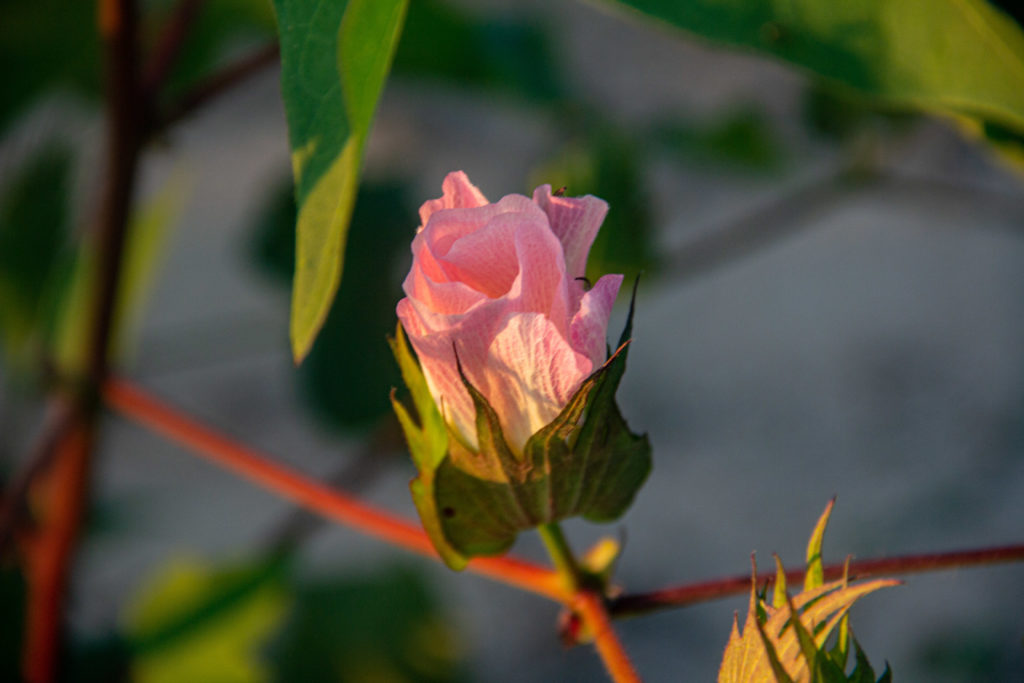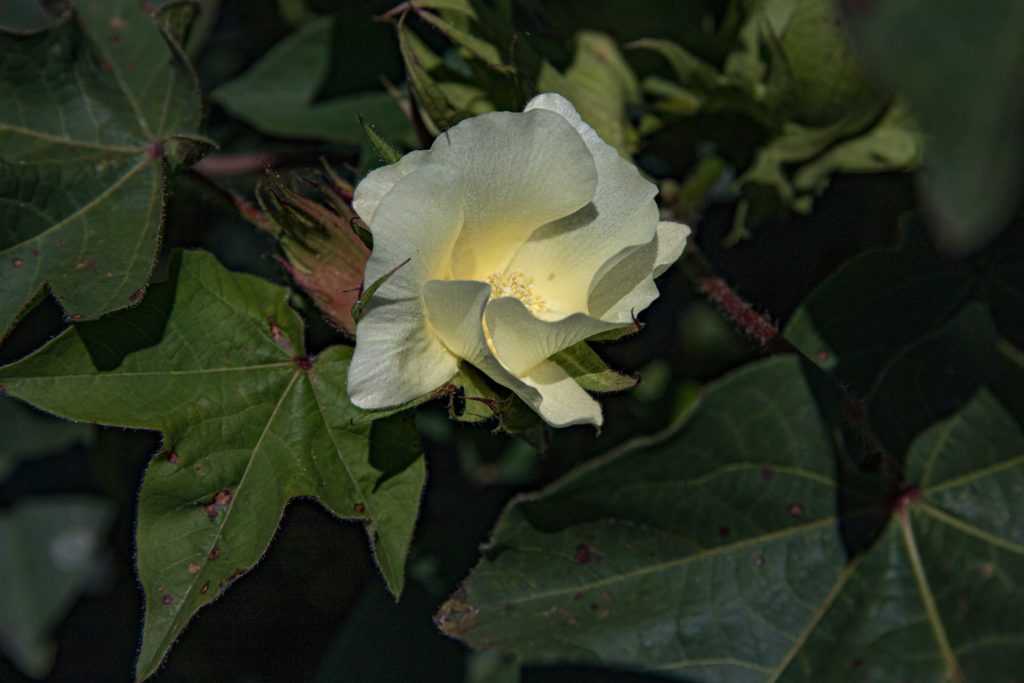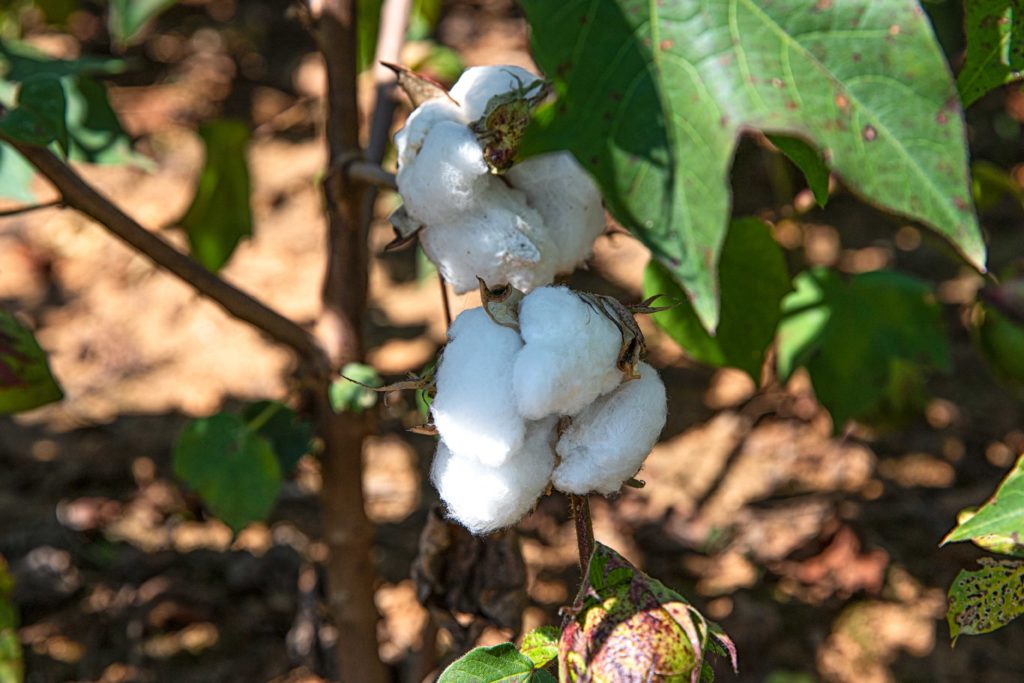Never having been to the great Northwest, the girls soon learned that everything was an adventure. I wanted to give the girls a few days to acclimatize before going to the mountains, so our first day was spent on the prairie. We packed a lunch and extra water. Before heading out the door, I grabbed a roll of toilet paper. “What’s that for?” “You always have to be prepared.”
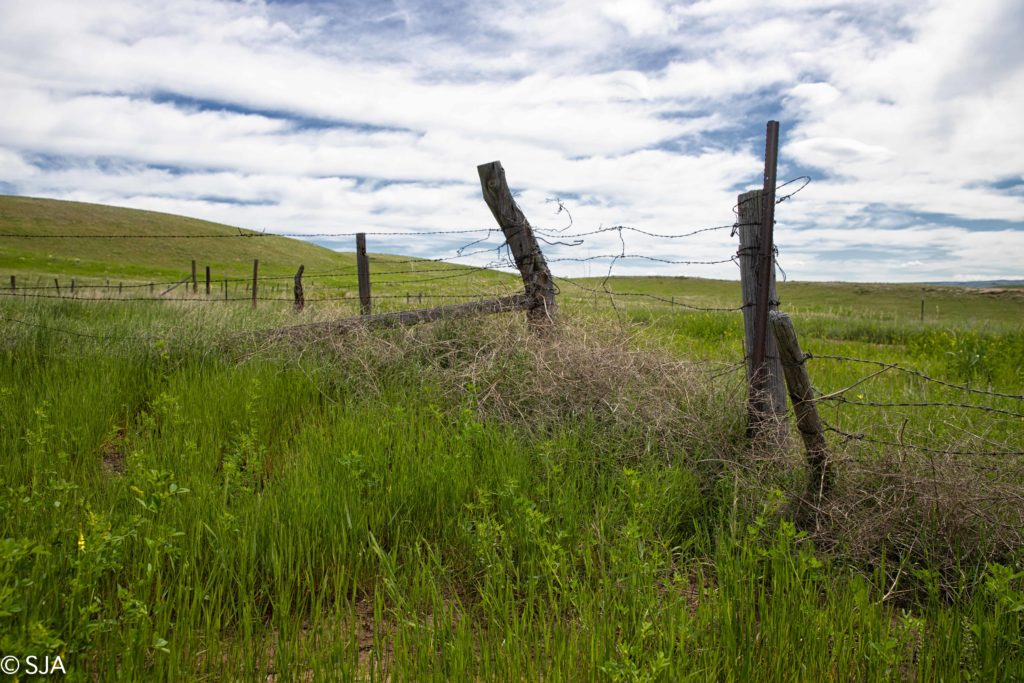
Weeds blowing across the prairie get caught in the fence
We headed out. The girls gasped and ooooed and aaahhhed at the scenery as views of the mountains and streams emerged. I turned off the dirt road onto a country lane, Sourdough Road. There had been several days of dry weather. Had there been rain, the road may have been impassable. That part of the country is nearly uninhabited except for cattle, deer and antelope that play, coyotes, prairie chickens, rattlesnakes and other critters. We saw spectacular views of three mountain ranges and prairie stretching for miles. Tall green and gold prairie grasses waved in the breeze. It looked like the tides of an ocean rushing toward the hills. We topped a hill, followed the road around a curve, and there before us was evidence of an old homestead. The old house with no doors or windows left intact and a few pieces of weathered wood from old barns, sheds and corrals are all that remain. We parked outside the fence and walked toward the house.
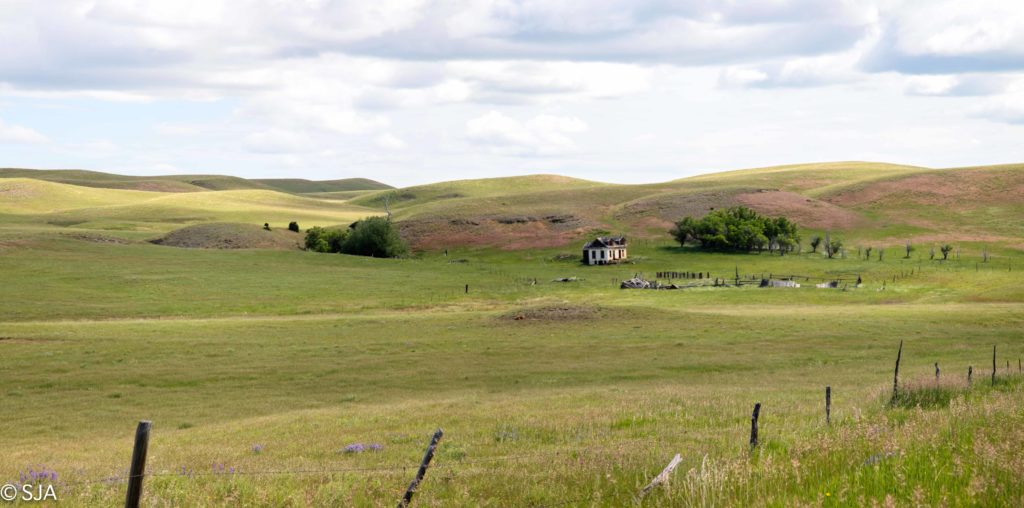
An abandoned house on the prairie
The stories of the those who once lived there seemed to come to life as I shared some of my family’s history. The old plaster beneath the yellow paint is riveted with bullet holes. The floor in the house is missing many of the wooden planks. Cow manure, old bed springs, bird nests, broken plaster, and bones of animals that sought refuge in the house are scattered among the years of accumulated dust and dirt. There is just something about the place that brings a somber comfort. As we left the old homestead, we all looked back until it disappeared out of sight.

The good section of the road less traveled
Our road was definitely the road less traveled. Four wheel drive in gear, we started up the dirt road that was eroded down to the jagged rocks. There was nothing smooth about that road. I straddled deep ruts remembering the words of my mother, “If you get in a rut you’ll stay there for miles.” If we would have gotten into some of those ruts, we wouldn’t have been seen for a month! We took our time going through the prairie, stopping in the middle of the road to look or take pictures or to point out something of interest along the skyline. We had the road to ourselves, or so we thought. All of a sudden, a truck was on my tail. Where did that come from? I pulled over so it could pass. Two guys were in the truck. They drove slowly so they could look to see who we were. I pulled out behind them. They drove a mile or two then slowed down until they saw us pull through a rough spot. I thought they had disappeared for good, but when we neared the bridge over the river, they were right in front of me. Though we never exchanged words, I knew they were waiting to see if we three girls in the middle of nowhere could get through. Just before the bridge was a stretch of mud – gumbo as my mother called it. Deep. The truck floored it and fishtailed all the way to edge of the crossing. It slowed and waited. I sure wasn’t going to be outdone. I knew if I stopped part way through, they’d have to pull me out. I floored the Suburban, and we followed right in their path. I’ll have to admit, I felt a bit smug when my tires hit dry ground. I said, “So there!” We drove on. For the next several miles there were other bad stretches in the road, and every time, the truck in front of us slowed and waited. When we neared one of the county roads, the truck went on its way leaving only a trail of dust. It wasn’t long before we made a stop at one of the places my mom had lived with her family about three miles from the little community where she attended school, having to make that walk daily.

Gibson community 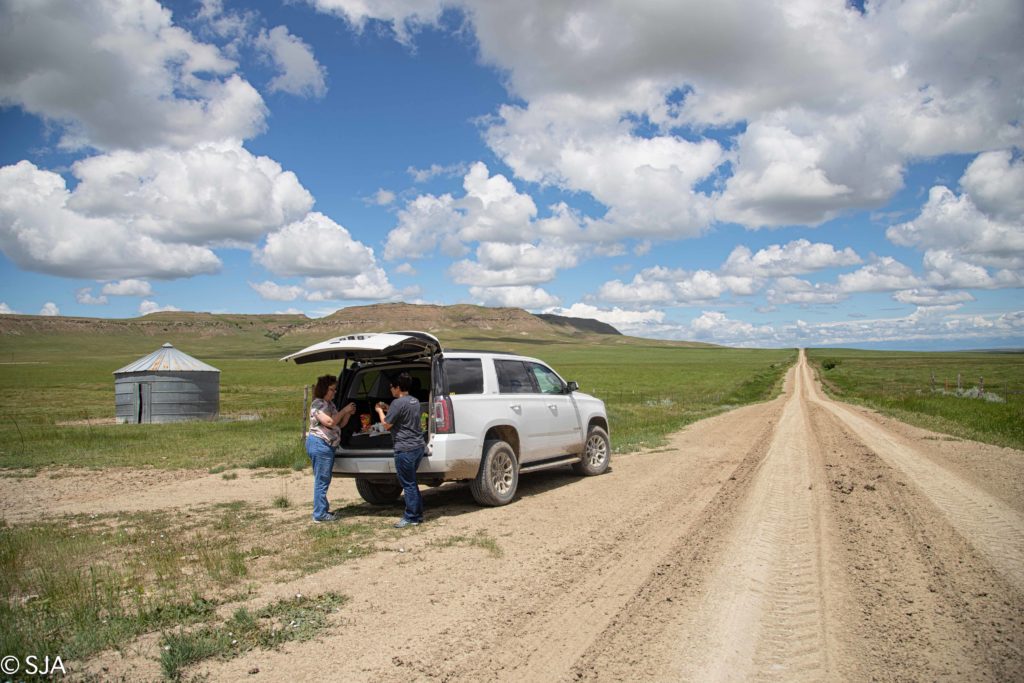
Lunch time
At lunch time, I pulled off the side of the road. We kicked caked mud off the side of the Suburban and popped open the hatch with mud and dust falling to the ground. We divvied up the sandwiches, chips and cookies, sat in the back and had our lunch. Red and I needed our second bathroom break. I found a post to lean against and peed before God and anyone else, which was nobody. (We only saw two cars on our road across the prairie.) I should add that the Judge refused to use a fence post or to “squat.” So be it!
The next stop was the site of Cavill School where my mother taught in a one-room schoolhouse in the ‘40’s. A plaque commemorates the teachers and students that attended school there. A Giant Stride is all that is left of the school grounds. Our round trip through the prairie was around 100 miles in distance, but it took about eight hours. By the time we got back to town, we were ready for our evening meal.
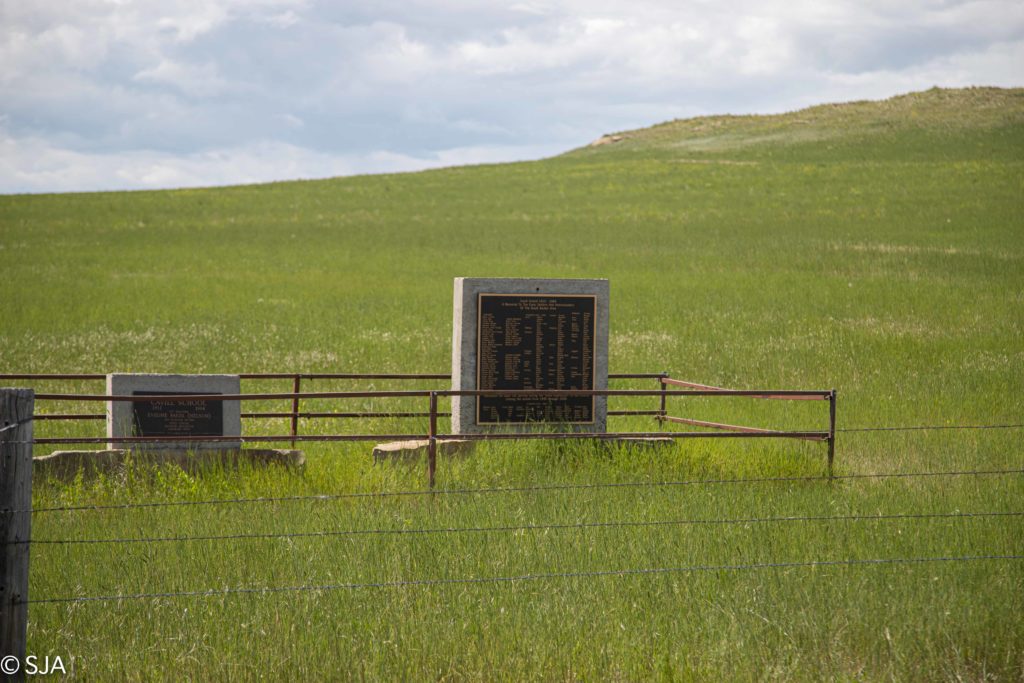
plaque on the site of Cavill School 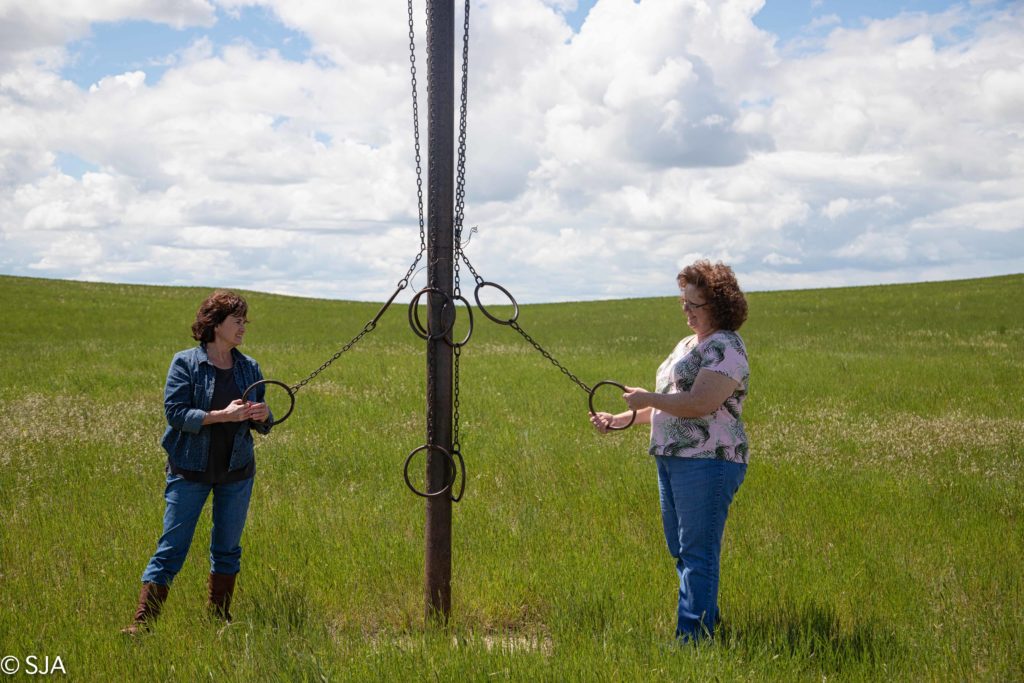
Giant Stride
Back at our cabin, we recounted our day’s adventures, complete with animation and a bit of exaggeration, to our host. The telling of tales is part of the adventure. It had been a great day of new sights for the girls, grand adventures and laughter. They even discovered why I carry toilet paper.
